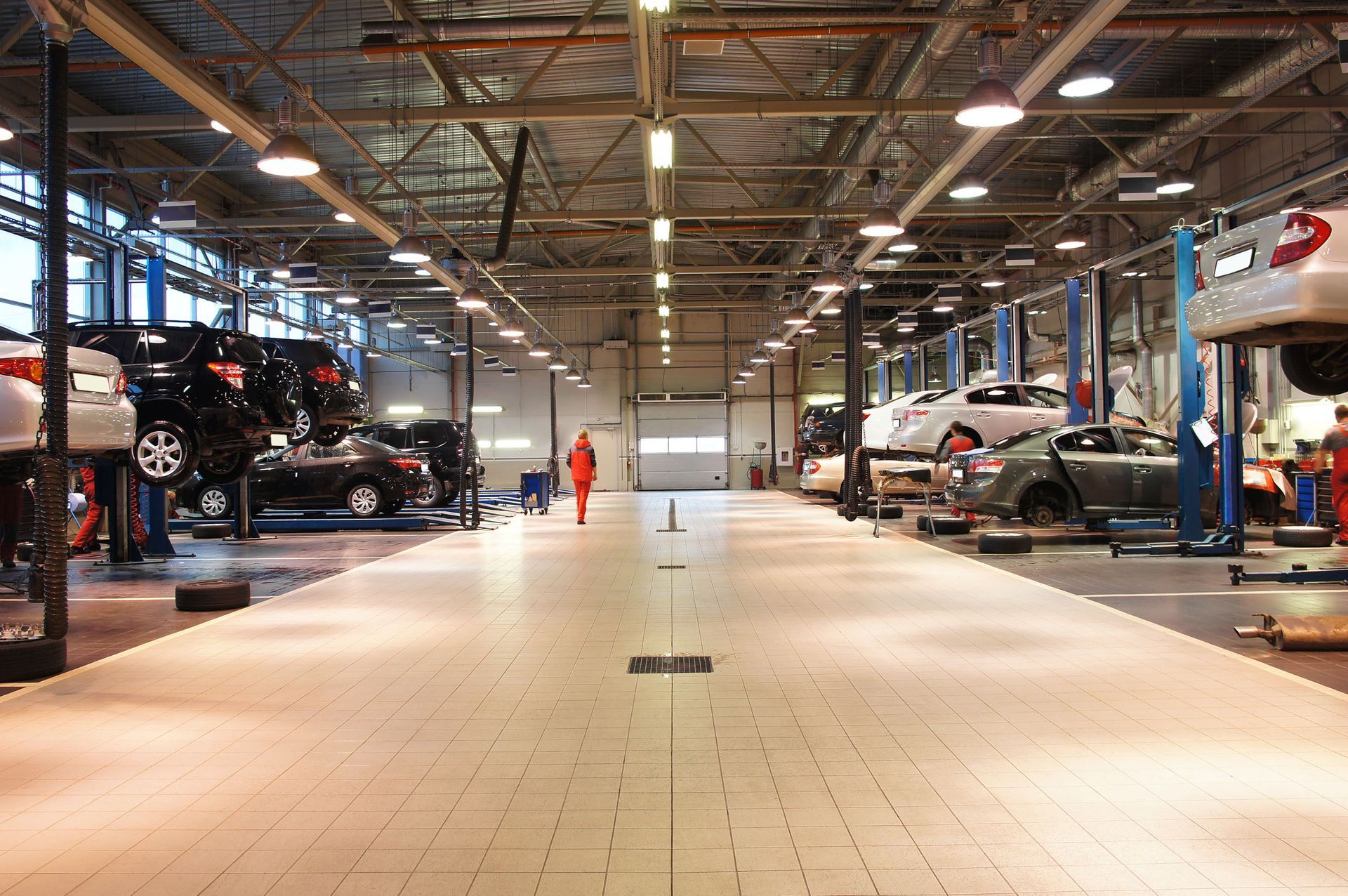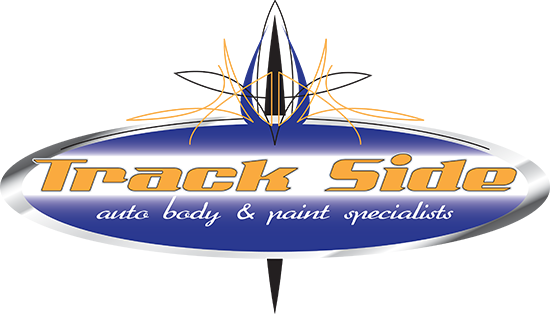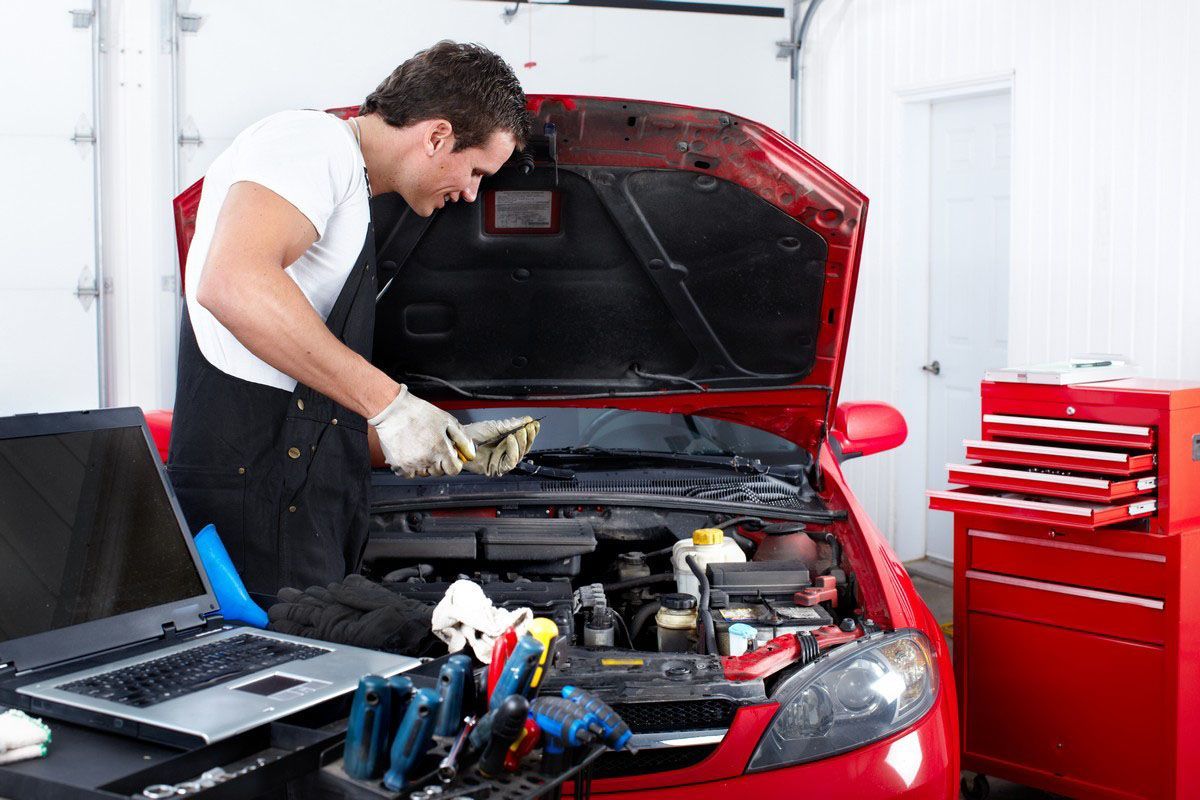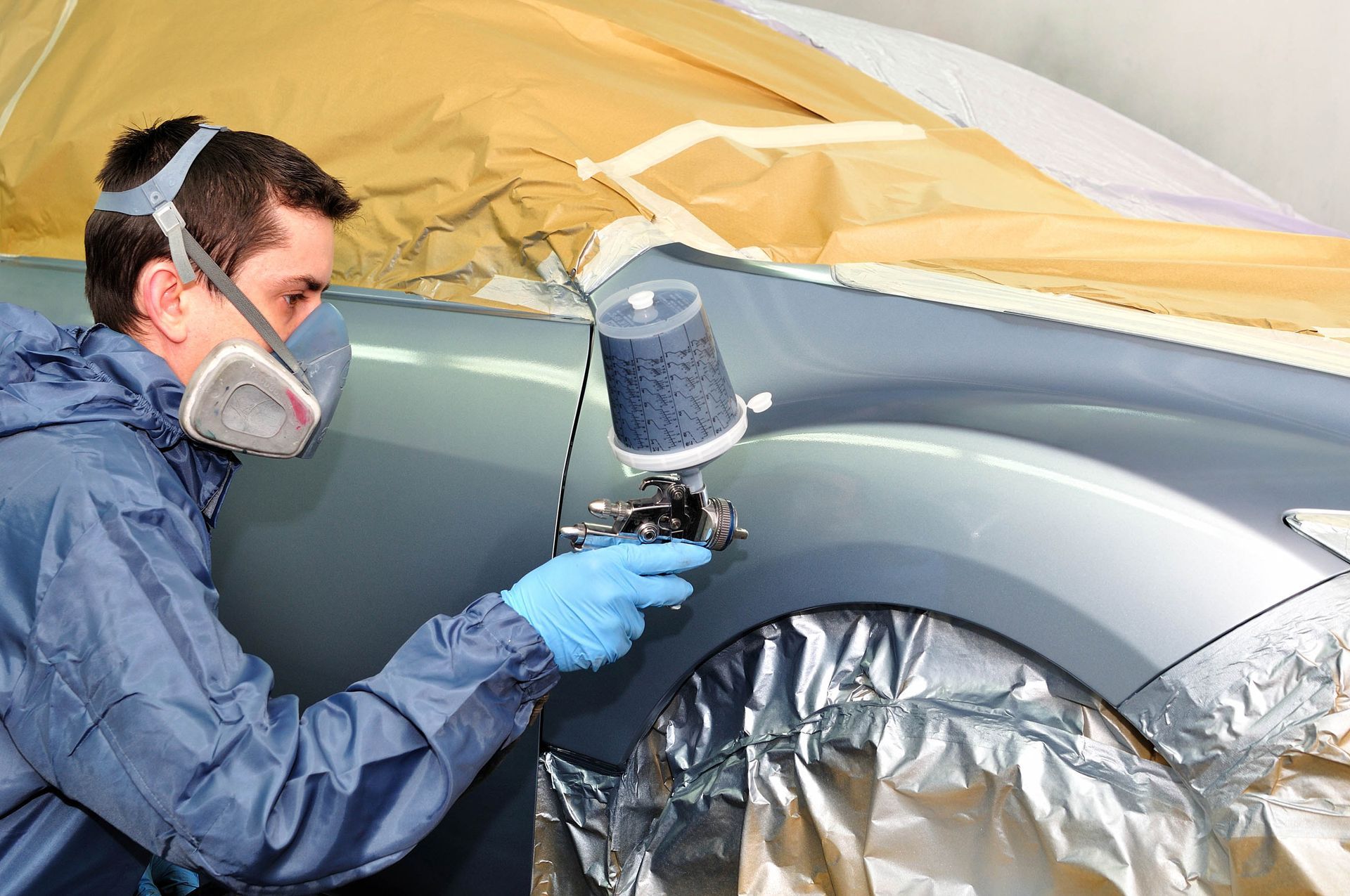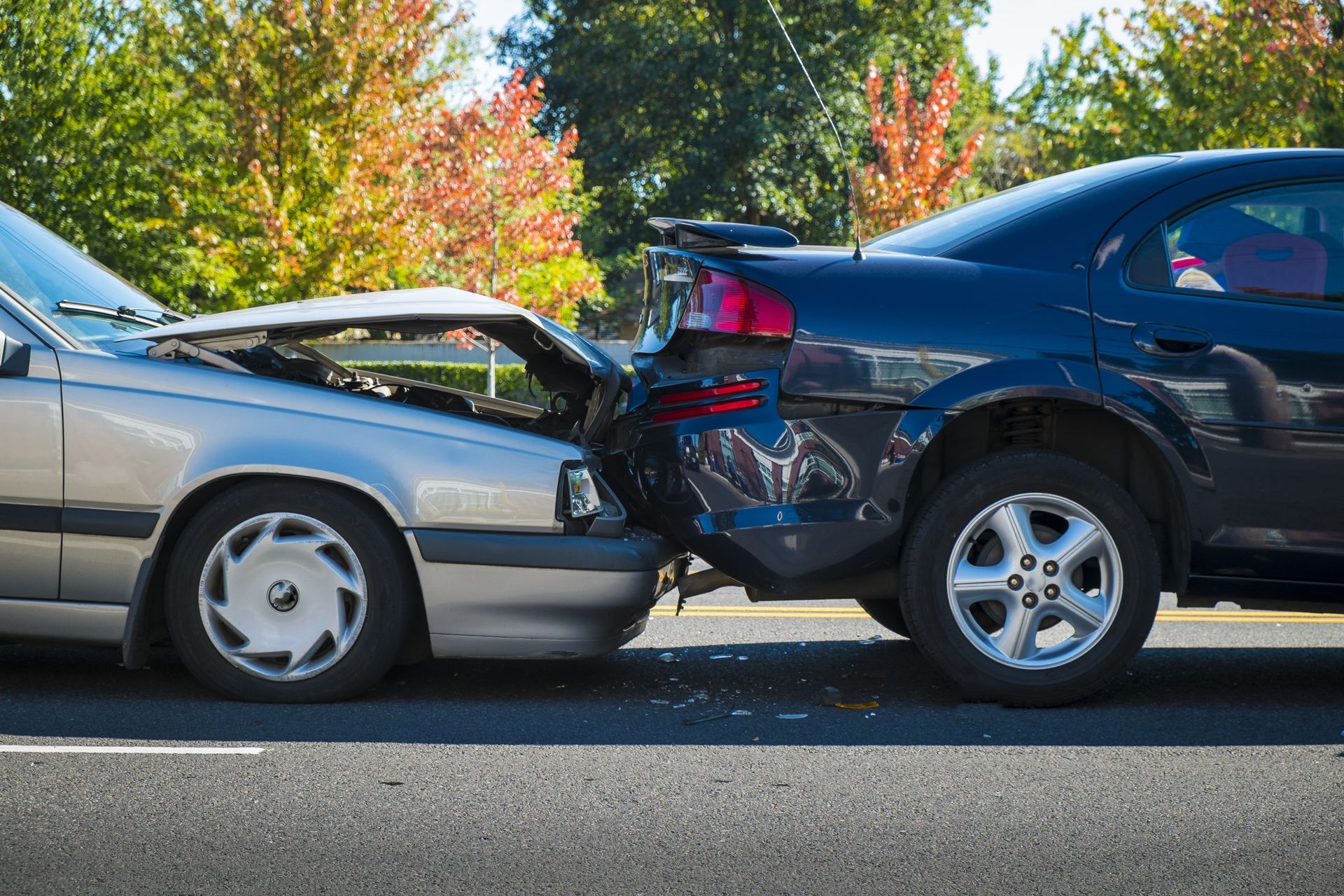September 30, 2025
When your vehicle suffers damage from an accident, selecting the right auto collision center is crucial in ensuring a proper repair. But what exactly should you expect from a competent collision repair facility? This comprehensive article will guide you through the key aspects of a reliable auto collision center, helping set your expectations as a customer. We'll delve into the essential criteria such as technician qualifications, transparency in estimates, parts quality, and overall customer service. Understanding these elements will empower you to make an informed decision for your vehicle's repair needs.
Experienced and Certified Technicians
A critical feature of any reputable auto collision center is the employment of experienced and certified technicians. Technicians should have formal training and certifications from recognized organizations, such as the National Institute for Automotive Service Excellence (ASE). These certifications indicate a standard of knowledge in specific areas of automotive repair, ensuring that technicians can handle various issues competently. Experience in the field is equally vital; the longer a technician works on vehicles, the more nuanced their understanding becomes, particularly when facing complex repairs. According to Market Data Forecast, the North American automotive collision repair market was worth $64.97 billion in 2024, highlighting the demand for skilled professionals in this industry.
Beyond general proficiency, technicians should also specialize in specific vehicle types and brands. Specialization allows technicians to be more familiar with the unique construction and repair techniques particular to different vehicles. This expertise can be critical, especially for high-end or unique models that require meticulous attention. Additionally, ongoing education is essential as automotive technology progresses rapidly. A reliable collision center will ensure that their technicians stay informed on the latest advancements, allowing them to implement the most up-to-date repair techniques.
Customer feedback and reviews are invaluable tools in assessing technician skills. Positive testimonials often reflect a technician's ability to deliver satisfaction through quality craftsmanship and effective communication. With the ease of online reviews, potential customers can quickly gauge the reputation of a collision center's technicians. Reviews can also offer insight into customer service, another crucial aspect of the repair experience. By considering both certifications and customer feedback, you can evaluate the expertise and reliability of the technicians who will be handling your vehicle.
Comprehensive Assessment and Transparent Estimates
A thorough initial assessment is the first step in any vehicle repair process. Technicians should closely inspect the vehicle to accurately determine the extent of damage. This involves more than a cursory glance; technicians use specialized tools and knowledge to identify both visible and hidden damage. A comprehensive inspection ensures that no potential issues are overlooked, offering a clearer picture of the necessary repairs. This accuracy is pivotal in formulating a transparent and detailed cost estimate for the repair work.
Transparency in cost estimation is central to building trust between the collision center and the customer. A detailed estimate should encompass all expected costs, from parts and labor to any supplementary fees. This transparency prevents unexpected charges and enables the customer to budget appropriately for the repairs. Moreover, it's essential that the collision center provides approximate timelines for repair completion. Clear communication about timeframes helps manage customer expectations and schedules effectively.
Working hand-in-hand with insurance companies is another dimension of providing transparent estimates. A good collision center will assist customers by coordinating with insurance providers to facilitate the repair process. This includes submitting necessary documents for approvals and ensuring that all estimates align with insurance requirements. Customers should feel encouraged to seek second opinions and compare estimates, ensuring they receive competitive pricing. Ultimately, the goal is to combine quality repair work with fair and transparent pricing.
High-Quality Parts and Repair Materials
Choosing between Original Equipment Manufacturer (OEM) parts and aftermarket parts is a common decision in the repair process. OEM parts come directly from the vehicle's manufacturer, ensuring an exact match and consistent quality. However, they often come at a higher price compared to aftermarket alternatives. While some aftermarket parts can match OEM quality, others may compromise on fit and durability. Therefore, it's essential to discuss the options with the auto collision center and weigh cost against quality.
The quality of repair materials extends beyond just parts. For instance, the type of paint used in bodywork can significantly impact the final appearance and longevity of the repairs. High-quality paint not only matches the existing color better but also resists fading and chipping. Similarly, strong and durable repair materials ensure that the vehicle's structural integrity is maintained post-repair. A reputable collision center will always prioritize material quality to sustain the vehicle's aesthetic and functional value over time.
Established supplier partnerships can also greatly influence the availability and quality of parts. Collision centers with strong relationships with suppliers may secure higher quality parts at competitive prices, passing these benefits to the customer. Parts warranties offer additional peace of mind, covering potential defects or issues with parts used during repairs. Furthermore, the quality of parts used can impact the car's resale value, as better quality parts extend the vehicle’s lifespan and maintain its condition.
Efficient Repair Process
An efficient repair process begins with a clearly defined repair pathway. The collision center should outline each step the vehicle will go through, from disassembly and repair to reassembly and quality control checks. This structure ensures that every stage of repair is methodically addressed, reducing the likelihood of missed details. Time management within this process is crucial; the center must balance speed with workmanship to meet customer expectations. Efficient procedures ultimately translate to shorter wait times without compromising repair integrity.
Communication is key throughout the repair process. Regular updates keep customers informed of the repair's progress and any unforeseen challenges that may arise. Establishing a routine communication schedule with customers helps in alleviating concerns and builds trust. Effective communication is not just about frequency but also clarity, ensuring customers understand the repair status and any potential delays. Collaboration among various service providers, like towing and rental companies, furthers this seamless communication, streamlining the overall repair experience.
A final inspection is essential to uphold quality standards and customer satisfaction. Before the vehicle is returned, technicians should perform a thorough quality control check. This includes not only visual assessments but also operational tests to confirm all systems are functioning correctly. The collision center should also offer a final briefing to the customer, explaining the repairs conducted and addressing any questions. By prioritizing quality control, the center demonstrates its commitment to excellence and customer service integrity.
Strong Customer Service
Customer service plays a pivotal role in differentiating outstanding collision centers from average ones. The initial interaction sets the tone for the entire repair process, and centers should strive to provide pleasant and informative customer encounters. Staff should be trained to handle queries effectively, ensuring customers feel heard and understood. Transparency is paramount in all communications; customers appreciate honesty about repair challenges and pricing. This transparency fosters a positive relationship, which is essential for customer satisfaction and loyalty.
Addressing and resolving customer concerns promptly and effectively is crucial for maintaining a strong service reputation. Issues may arise during the repair process, and the collision center should have well-defined protocols to swiftly handle such situations. This may include providing alternative solutions or compensation for service mishaps. Moreover, customer convenience is greatly impacted by operational aspects like service hours and location accessibility. Centers located conveniently and offering extended hours cater better to customer needs, enhancing overall satisfaction.
Choosing the right auto collision center is essential for ensuring your vehicle is restored to its pre-accident condition efficiently and effectively. By understanding what to expect in terms of expertise, process, communication, and customer care, you can make informed decisions and find a service that meets your needs and expectations. The comprehensive insights provided will serve as your guide in navigating the complexities of collision repairs, ultimately securing peace of mind throughout the repair journey. With informed expectations, you can ensure your vehicle receives the care and attention it deserves, safeguarding both its functionality and value. If you're looking for a reliable auto collision center, make sure to contact Track Side Auto Body today!
